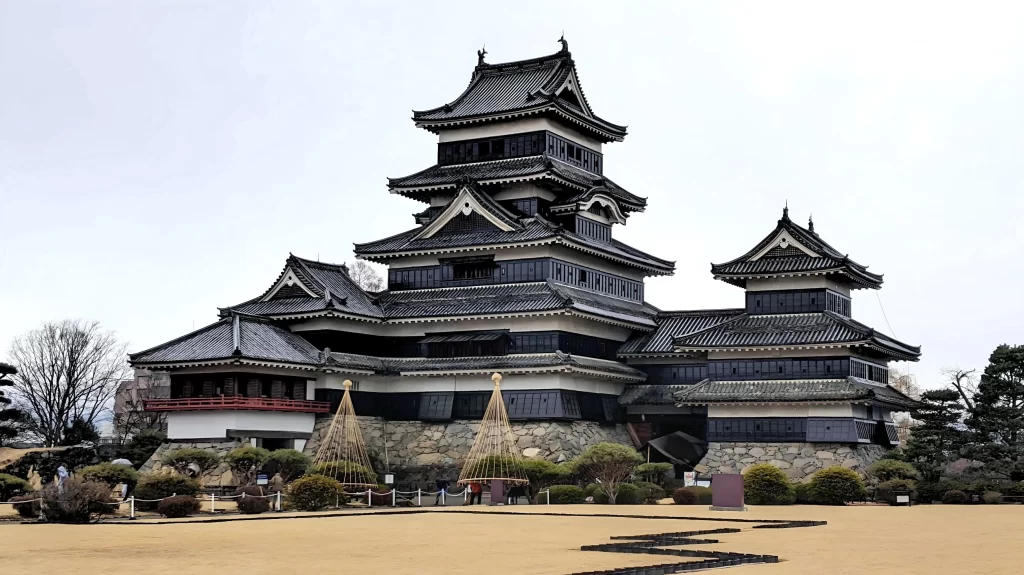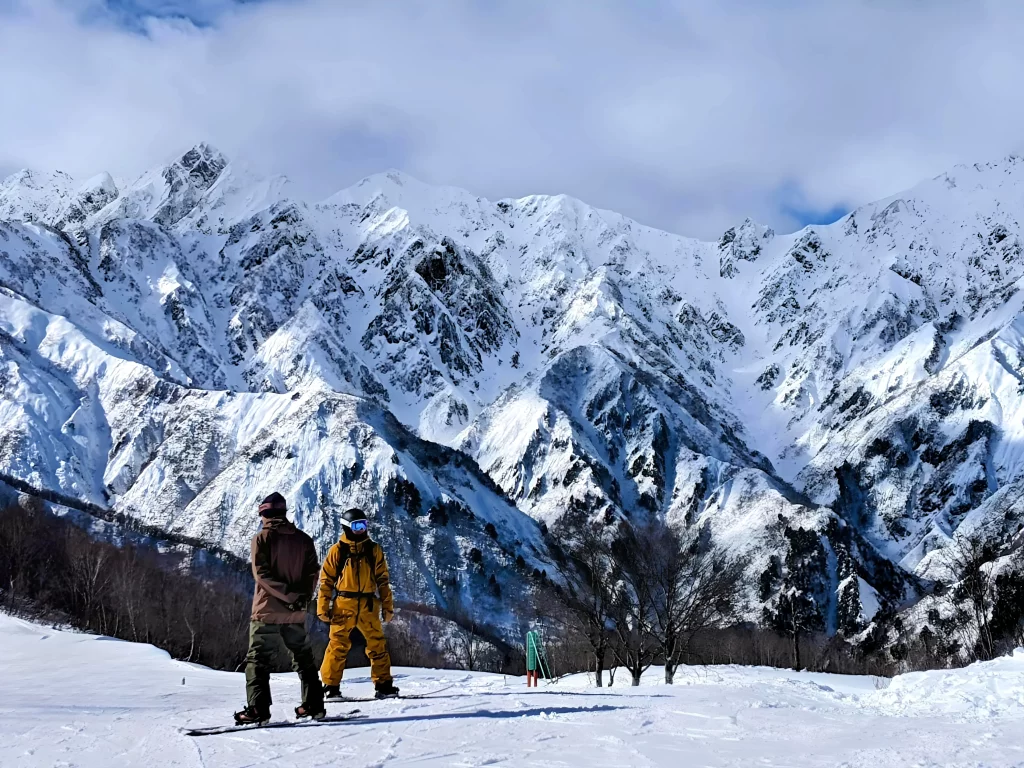
SPRING
Hakuba: Discover the Olympic Heritage & Epic Powder of Nagano’s Most International Ski Resorts
Located around 60 minutes to the west of Nagano City, Hakuba is one of Japan’s most popular winter sports destinations. Multiple ski resorts sit within the collectively named “Hakuba Valley”, of which Hakuba Happo One is the largest and most central. Having hosted several events during the 1998 Winter Olympic Games and subsequent FIS World Cup Events, Happo One is the most highly credentialed ski resort in Central Japan and when grouped together with the nearby resorts that make up Hakuba Valley, visitors are spoiled for choice and some of the best skiing and snowboarding in Asia.
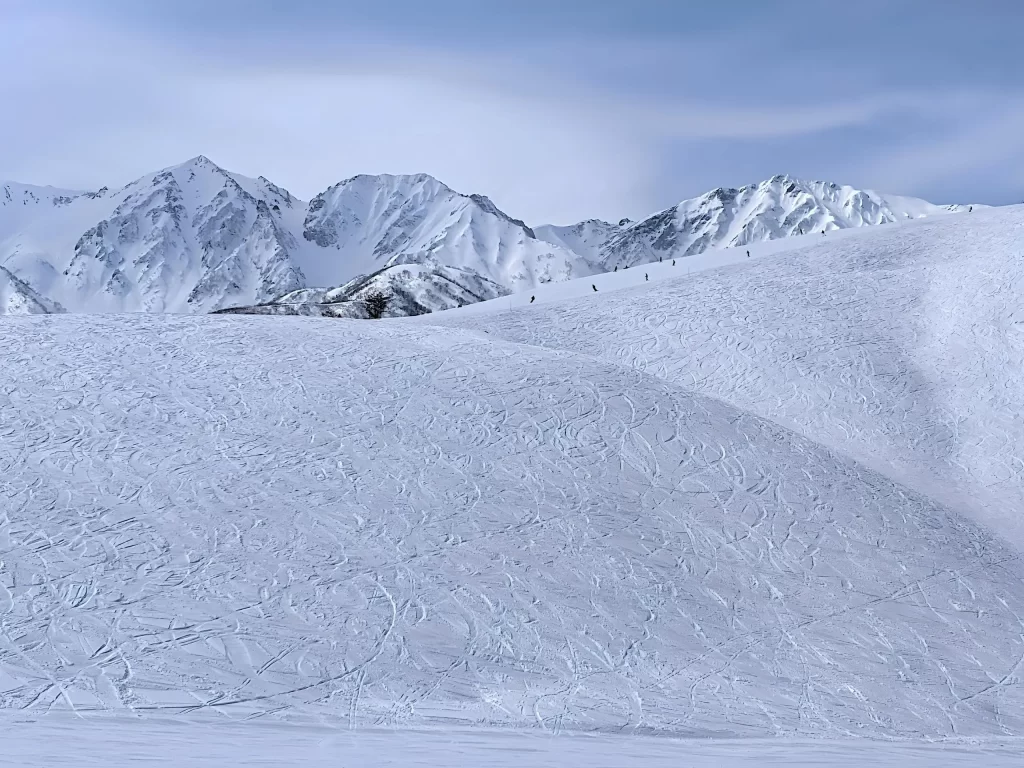
©Peter Carnell
The ten resorts making up Hakuba Valley run south to north along the flanks of Japan’s highest mountain range, the Hida Mountains. More commonly referred to as the “North Alps”, the range ascends above 3000+ meters / 10,000 feet and is subject to heavy snowfall each winter. Happo One ranks as the largest of the resorts, with the connected resorts of Hakuba ALBE Goryu and Hakuba47 Winter Sports Park offering a similar amount of terrain followed by Hakuba Tsugaike Kogen Ski Resort. Add to that list Hakuba Iwatake Snow Field and the most northern resorts of Hakuba Cortina Snow Resort and Hakuba Norikura Onsen Snow Resort, and you have a vast amount of terrain to cover – with a couple more small resorts rounding out the ten that make up Hakuba Valley.
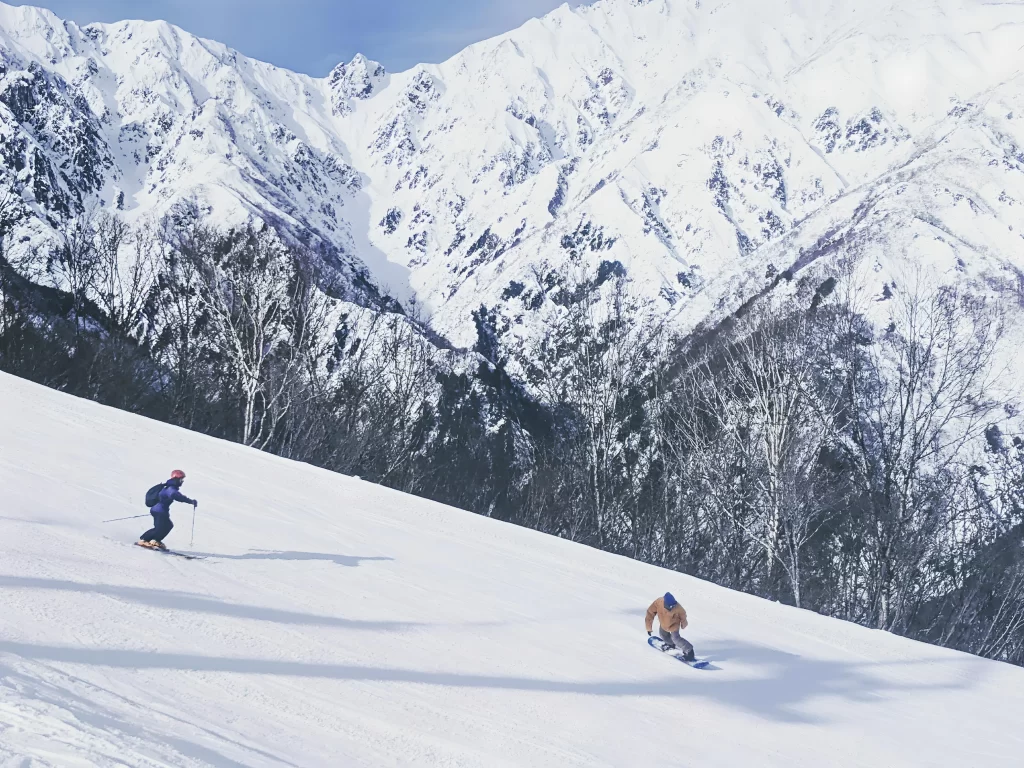
©Peter Carnell
Each resort has a distinct character and offers its own reasons to visit. From the Olympic runs and all-round terrain of Hakuba One, to the snow park and excellent snow conditions of Hakuba47, to the family-friendly open runs of Iwatake or steepness of Cortina, Hakuba’s appeal is that it has something for everyone. Add to this some of Japan’s best and most challenging side and backcountry – accessible from multiple resorts – Hakuba is unrivalled in what it offers.
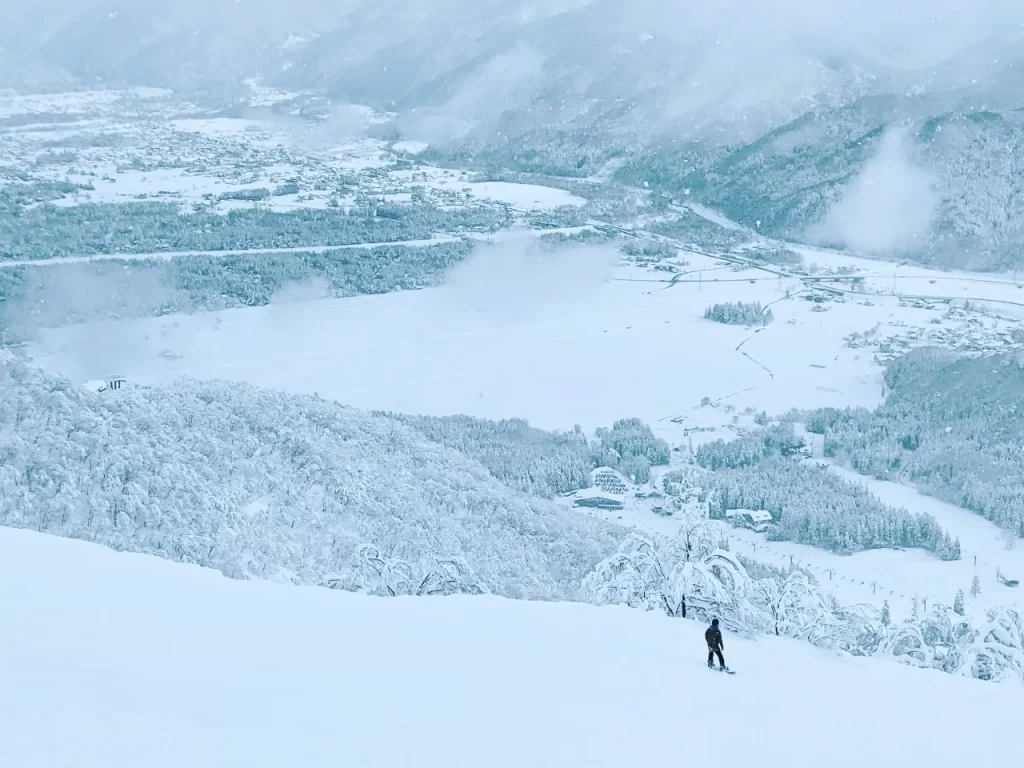
©Peter Carnell
The ’98 Games put Hakuba and the outstanding snow Japan is blessed with, on the radar of international skiers and boarders. Today, Hakuba boasts the best accommodation, dining, après-ski and English language services of any ski area in Central Japan with a burgeoning reputation as an all-year-round destination.
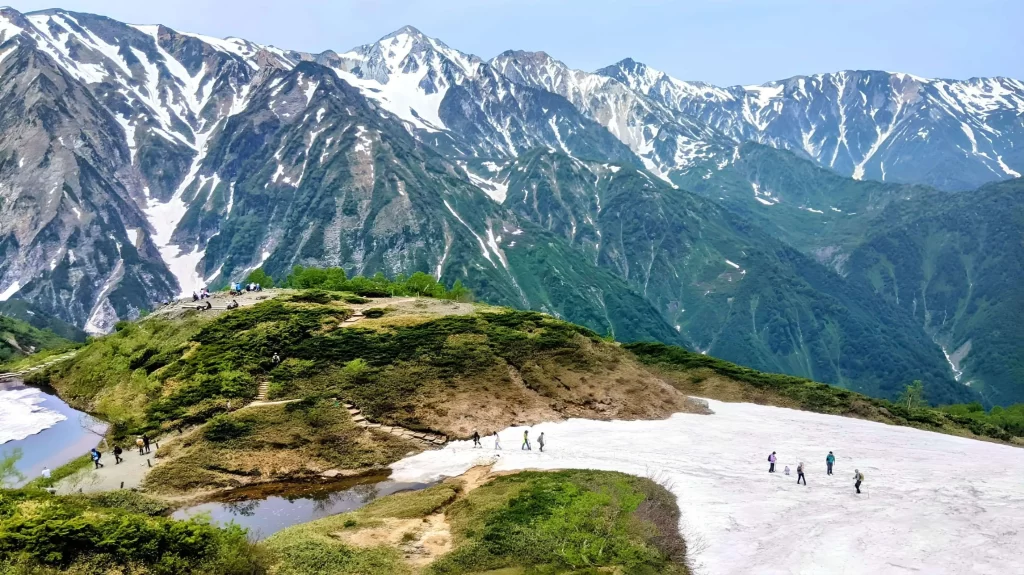
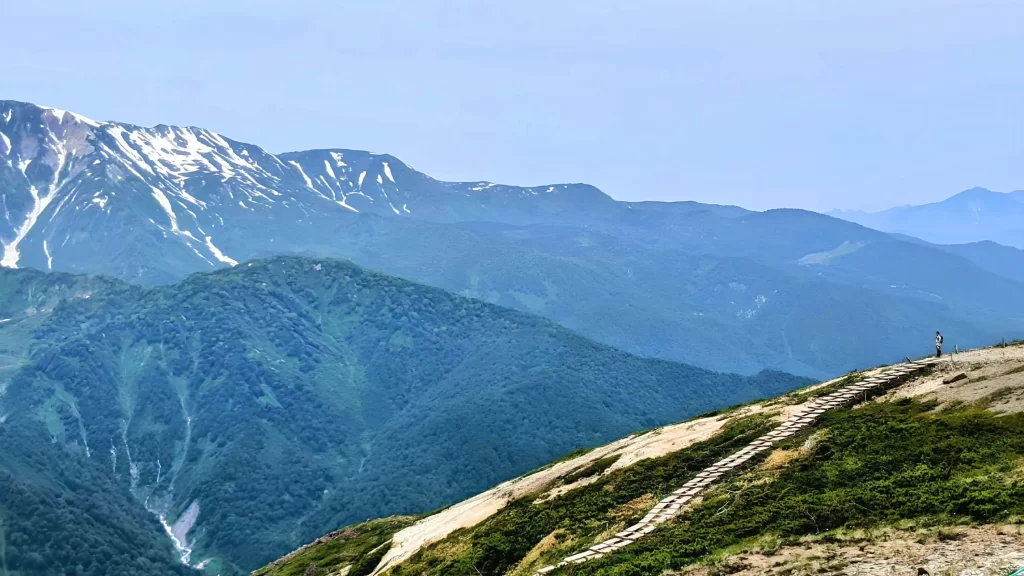
©Peter Carnell
As the snow recedes through spring and into early summer, mountain trails open and offer visitors Japan’s best alpine hiking. Trailheads are readily accessible from Hakuba village and surrounding accommodation, while the resort gondolas begin operation again in June or early July, ferrying hikers and daytrippers to their respective top stations from where hikers have access to leisurely day hikes or more intensive through hikes. The hiking season runs until November. In addition to hiking, Hakuba is increasingly known for its green season activities including mountainbiking, rafting and SUP, paragliding and more. Readily accessible from Tokyo via Nagano or Matsumoto, Hakuba can be integrated into your exploration of Central Japan.
When to Visit
Though increasingly seen as an all-year-round destination, most visitors head to Hakuba in winter in search of Japan’s legendary powder. Conditions will of course vary between seasons however you can expect snow and at least some areas of the resorts to be open from mid-December through to the end of March or into April. The heaviest and most reliable snow typically falls in January and February while the resorts are at their busiest over the Christmas / New Year period, Chinese / Lunar New Year, and any weekend during winter. If possible, try to avoid visiting at those times with midweek visits in January and February being our recommendation for getting the most out of your time in Hakuba.
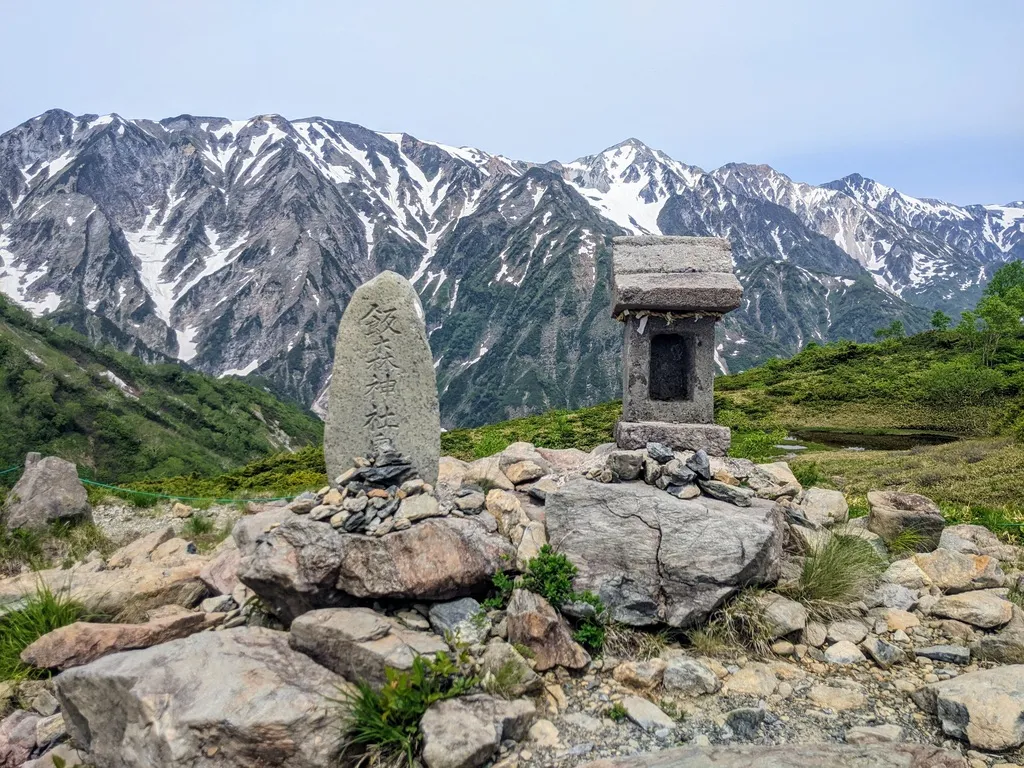
©Peter Carnell
Mid-April to June is low season in Hakuba, as the snow retreats and mountain trails slowly reveal themselves. Moving into the late-spring of June, Japan experiences its wet season, hindering entry into the mountains before late-June to July sees the trails fully open and hiking season begins. Given its range of green season activities and increasing number of high-end accommodation and dining options, Hakuba is busy on weekends and holidays through summer yet remains quiet during the week. The autumn months of mid-September to early-November sees another spike in visitor numbers, as people head to Hakuba to enjoy the autumn colors in the mountains.
Once the leaves fall, Hakuba is exceptionally quiet until the first skiable snow of winter – typically in early to mid-December – before the crowds arrive in the week prior to Christmas.
How to Get There
Hakuba is approximately a 4 hour drive from Tokyo using a private car. Alternatively, many if not most visitors choose to access Hakuba via Nagano Station using the Hokuriku Shinkansen – 80 to 110 minutes depending on the service you choose – and then using a private vehicle to transfer them to their chosen resort – another 60 to 90 minutes depending on the resort. Another option is to make the journey via Matsumoto, which can be reached from Shinjuku Station in Tokyo by using the Limited Express Azusa service – 2.5 hours. Once in Matsumoto, a private vehicle will transfer you to Hakuba – 1.5 to 2 hours depending on the resort.
About Peter Carnell
Peter Carnell is a freelance tour guide, writer and podcaster based in northern Nagano. Peter specializes in guiding in Nagano and surrounding prefectures which make up Central Japan, while also hosting the bi-weekly “Outland Japan” podcast – a podcast about travel, life and culture in regional, rural and the wilds of Japan. Peter’s guiding, writing and entire approach to Japan is underpinned by his academic background, having studied a Bachelor of Archaeology in the United Kingdom and a Master of Cultural Heritage and Museum Studies in Australia.
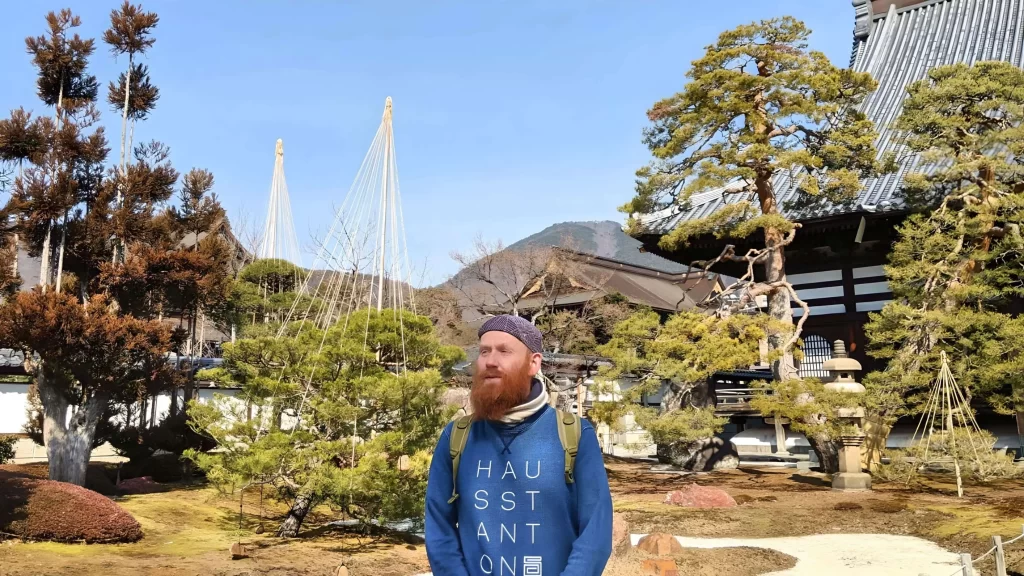
©Peter Carnell


